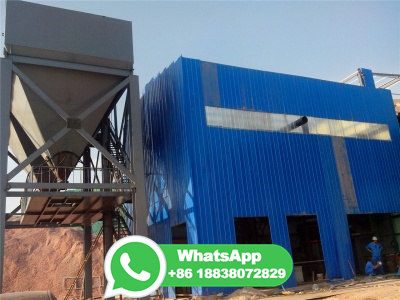Explain Bayer's process of concentration of bauxite with a chemical ...
Bauxite is the main ore of aluminium with silica (SiO 2), ferric oxide (Fe 2 O 3) and titanium oxide (TiO 2) as impurities in it.; In this process, the bauxite ore is first crushed and then it is leached by heating with hot concentrated caustic soda (NaOH) solution under high pressure for 2 to 8 hrs at 140 to 150 °C in a tank called a digester.






























